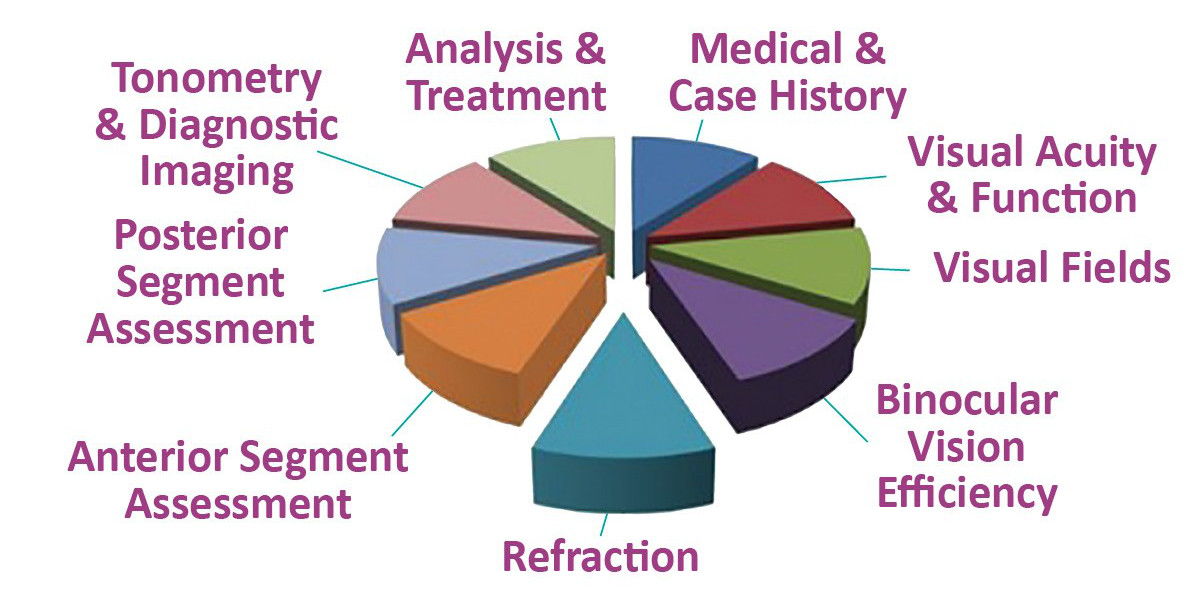Comprehensive eye exams
During an eye exam, the optometrist examines the tissues and structures inside the eye, looking for eye diseases such as cataracts, glaucoma or macular degeneration, as well as tears in the retina, bleeding and tumours.
They are also looking for early signs of serious medical conditions, such as high blood pressure, diabetes and cardiovascular diseases during an exam.
Without early detection and proper treatment, many eye diseases can cause unnecessary and possible permanent loss of vision.
The comprehensive eye exam includes a series of tests. There is much more to an eye exam than checking how well a person can see and determining the eye glass prescription (refraction).
